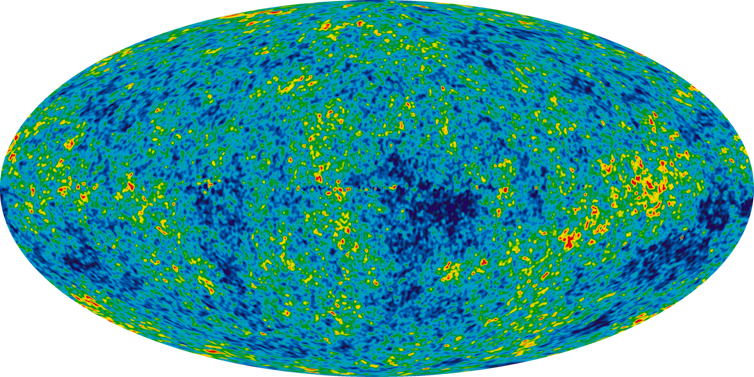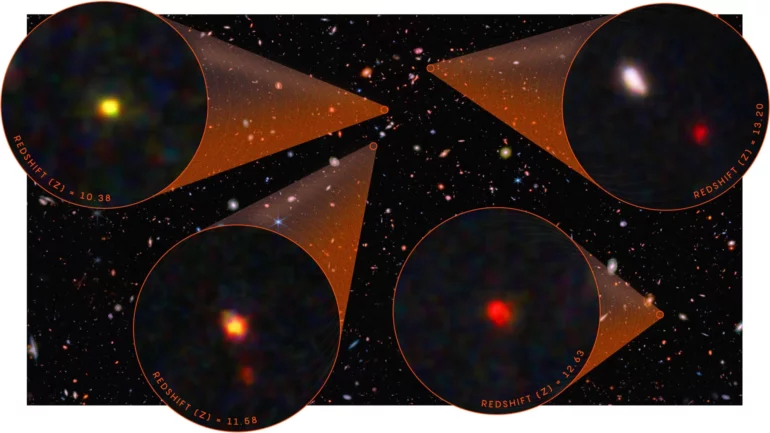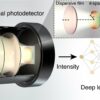
Curious Kids is a series for children of all ages. If you have a question you’d like an expert to answer, send it to [email protected].
What is space made of – what does gravity actually bend? – Phil, age 12, Birmingham
What comes to mind when you think of space? Imagine a friend boasting about a spacious building, stadium or museum they recently visited. Do you envision the building as vast and expansive? Is it simply very large, or does it seem empty?
The word spacious does not necessarily mean empty. It simply indicates that there is enough room to move around the objects inside it. Similarly, outer space is not completely empty. It is vast and forever expanding, but there’s a lot of stuff in it.
As a kid, I used to wonder about questions like how far away the clouds are, what lies beyond Earth and how vast space is. This curiosity led me to pursue master’s and Ph.D. degrees in astronomy. I have been teaching about these very concepts for two decades as a physics instructional professor at the University of Texas, Arlington.
Where does space begin?
Earth is surrounded by different layers of various gases. At sea level, Earth’s atmosphere contains about 100 billion molecules per cubic centimeter. As we ascend, the atmosphere becomes thinner and thinner.

At the Kármán line, Earth’s atmosphere becomes space.
Mohatatou/Wikimedia Commons, CC BY-SA
At an altitude of about 50 to 62 miles (80 to 100 km), there isn’t enough air for airplanes to fly. This boundary, which separates the Earth’s atmosphere from outer space, is called the Kármán line, named after the Hungarian-American engineer and physicist Theodore von Kármán. Everything above the Kármán line is called space.
The density of space can vary, but, on average, it is around only 1 atom per cubic centimeter. Just imagine – a dice-sized cube of Earth’s atmosphere contains billions of air particles. But in space, the same-sized cube contains only one or two particles.
The interstellar medium and radiation
Space, or outer space, is a vast, near-perfect vacuum largely devoid of matter. This vacuum contains very few particles compared with Earth’s atmosphere. However, it’s not entirely empty.
Space is dotted with scattered matter called the interstellar medium, which includes hydrogen and helium atoms. These are the most common elements in space, and they exist in both charged and neutral forms. The interstellar medium also contains cosmic dust – tiny particles of various elements, including carbon and silicon, scattered throughout space.
High-energy particles called cosmic rays – which are primarily protons and the nuclei of atoms – travel through space at nearly the speed of light. Cosmic rays come from various stars including our Sun, as well as from supernovae, the material falling into black holes, colliding galaxies and more.

…



